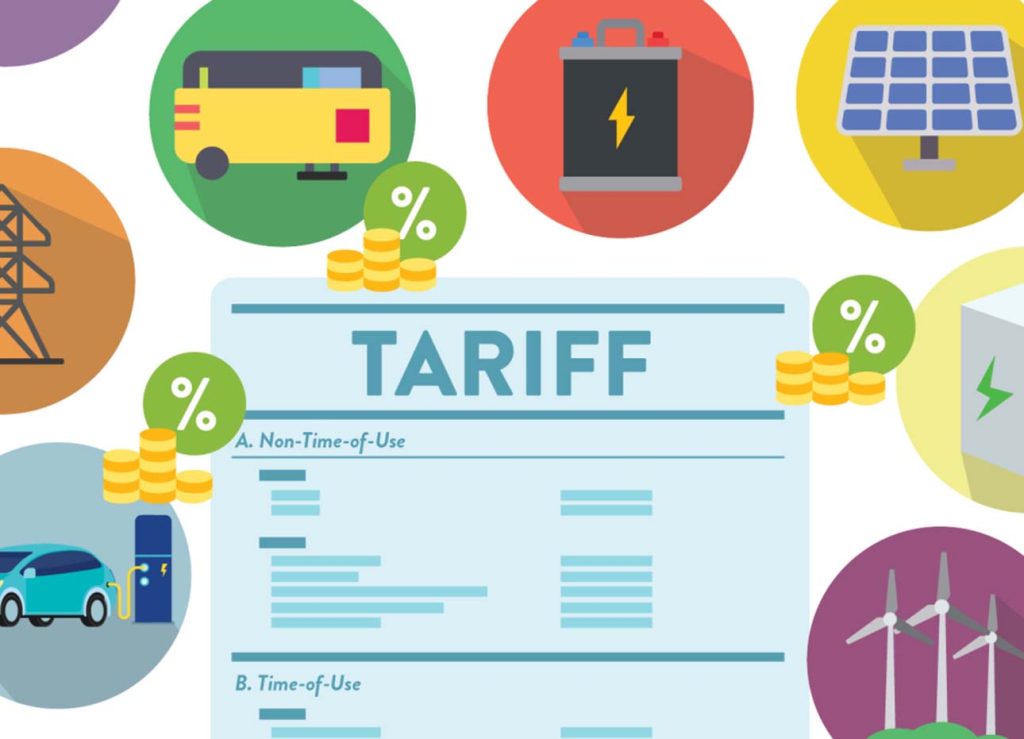
Tariffs and Consumer Behavior: Trends in Purchasing Decisions
Tariffs have been a central tool in economic policy for centuries, influencing international trade and shaping the economic landscapes of nations. While their primary function is to protect domestic industries from foreign competition by making imported goods more expensive, tariffs also have significant implications for consumer behavior.
This article explores the intricate relationship between tariffs and consumer purchasing decisions, drawing on real-world examples and empirical data to understand the broader economic and social impacts.
Understanding Tariffs
Tariffs are taxes imposed by governments on imported goods and services. They serve several purposes:
1. Protectionism: By making imported goods more expensive, tariffs can protect domestic industries from foreign competition.
2. Revenue Generation: Tariffs can be a source of revenue for governments.
3. Trade Policy Tools: They can be used to negotiate trade deals or retaliate against unfair trade practices by other countries.
Types of Tariffs

There are several types of tariffs, including:
1. Ad Valorem Tariffs: These are based on a percentage of the value of the imported goods.
2. Specific Tariffs: These are fixed fees based on the quantity or weight of the goods.
3. Compound Tariffs: These combine both ad valorem and specific tariffs.
Historical Context
Early Use of Tariffs
Historically, tariffs have been used as tools of mercantilism, where nations sought to increase their wealth by maximizing exports and minimizing imports. During the 19th century, the United States implemented high tariffs to protect its burgeoning industries.
Tariffs in the 20th Century
The 20th century saw significant changes in tariff policies, particularly after World War II. The establishment of the General Agreement on Tariffs and Trade (GATT) in 1947 and its successor, the World Trade Organization (WTO), aimed to reduce tariffs globally to promote free trade.
Recent Trends
In recent years, there has been a resurgence in the use of tariffs, notably during the trade tensions between the United States and China. This period has provided valuable insights into the effects of tariffs on consumer behavior and global trade dynamics.
Tariffs and Consumer Behavior
Direct Impact on Prices
One of the most immediate effects of tariffs is the increase in prices of imported goods. When tariffs are imposed, foreign manufacturers often pass on the additional costs to consumers, leading to higher retail prices. This price increase can affect consumer behavior in several ways:
1. Reduced Demand for Imported Goods: Higher prices can lead to a decrease in the demand for imported goods as consumers seek cheaper alternatives.
2. Increased Demand for Domestic Products: Consumers may turn to domestic products if they become relatively cheaper than their imported counterparts.
Substitution Effect
The substitution effect occurs when consumers switch from more expensive goods to cheaper alternatives due to price changes caused by tariffs. For example, if tariffs increase the price of imported cars, consumers may choose to buy domestically manufactured cars instead.
Income Effect
The income effect reflects changes in consumer purchasing power due to price increases. When tariffs lead to higher prices, consumers effectively have less disposable income, which can reduce overall consumption and shift spending patterns.
Changes in Consumer Preferences
Tariffs can also influence consumer preferences. For example, increased prices for imported luxury goods may lead consumers to develop a preference for more affordable or domestic alternatives. Over time, this can result in changes in brand loyalty and purchasing habits.
Real-World Examples
The US-China Trade War
The trade war between the United States and China, which began in 2018, provides a contemporary example of how tariffs can affect consumer behavior.
Impact on Consumer Electronics
The United States imposed tariffs on a wide range of Chinese products, including consumer electronics. This led to higher prices for smartphones, laptops, and other gadgets. As a result, many consumers delayed upgrading their devices or opted for less expensive models from non-Chinese manufacturers.
Impact on the Automotive Industry
Tariffs on Chinese steel and aluminum increased production costs for American car manufacturers. These costs were often passed on to consumers, leading to higher prices for vehicles. Some consumers chose to buy used cars or delayed purchasing new ones, impacting overall sales in the automotive industry.
European Union Tariffs on US Goods
In response to US tariffs on steel and aluminum, the European Union imposed tariffs on American goods, including motorcycles and bourbon whiskey. This had notable effects on consumer behavior in Europe.
Impact on the Motorcycle Market
The EU tariffs significantly increased the price of Harley-Davidson motorcycles in Europe. This led to a decline in sales and prompted Harley-Davidson to consider shifting some production overseas to avoid tariffs, illustrating how tariffs can influence both consumer behavior and corporate strategy.
Impact on the Alcohol Industry
Tariffs on bourbon whiskey led to higher prices in European markets, reducing demand. European consumers either switched to other spirits or decreased their overall alcohol consumption. This example highlights the broader economic implications of tariffs on consumer goods.
Long-Term Effects on Consumer Behavior

Shifts in Brand Loyalty
Tariffs can lead to long-term shifts in brand loyalty as consumers adapt to higher prices by exploring alternative products. For example, prolonged tariffs on specific goods can diminish consumer attachment to foreign brands and foster loyalty to domestic alternatives.
Changes in Consumption Patterns
Sustained tariffs can lead to permanent changes in consumption patterns. For instance, if tariffs on luxury goods persist, consumers may permanently reduce their consumption of these items or find more affordable substitutes.
Influence on Innovation and Product Development
Tariffs can also impact innovation and product development. Domestic companies facing less competition from foreign firms may have less incentive to innovate. Conversely, foreign companies might innovate to create cost-effective solutions to regain market share.
Empirical Evidence
Studies on Tariff Impacts
Several studies have examined the impact of tariffs on consumer behavior. For example, a study by Amiti, Redding, and Weinstein (2019) found that US tariffs on Chinese goods led to significant price increases for consumers and a decline in import volumes. Another study by Fajgelbaum, Goldberg, Kennedy, and Khandelwal (2020) showed that tariffs resulted in substantial welfare losses for US consumers.
Surveys and Consumer Sentiment
Surveys can provide insights into how tariffs influence consumer sentiment and purchasing decisions. For instance, surveys conducted during the US-China trade war indicated that many consumers were concerned about rising prices and were adjusting their spending habits accordingly.
Policy Implications
Short-Term vs. Long-Term Strategies
Policymakers need to consider both short-term and long-term effects when implementing tariffs. While tariffs can provide immediate protection for domestic industries, they can also lead to higher consumer prices and reduced consumption in the long run.
Balancing Protectionism and Free Trade
Finding a balance between protectionism and free trade is crucial. Excessive protectionism can lead to trade wars and economic inefficiencies, while unfettered free trade can harm domestic industries. Policymakers must carefully weigh these considerations to achieve optimal economic outcomes.
Supporting Consumers
Governments can implement measures to mitigate the negative impacts of tariffs on consumers. This can include providing subsidies for affected goods, offering tax relief, or investing in domestic industries to increase competitiveness.
Tariffs play a significant role in shaping consumer behavior by influencing prices, preferences, and purchasing decisions. While they can protect domestic industries and generate government revenue, tariffs also lead to higher prices for consumers and can result in shifts in consumption patterns.
The recent trade tensions between major economies like the United States and China offer valuable lessons on the complex interplay between tariffs and consumer behavior. Understanding these dynamics is crucial for policymakers to navigate the challenges and opportunities presented by global trade.

